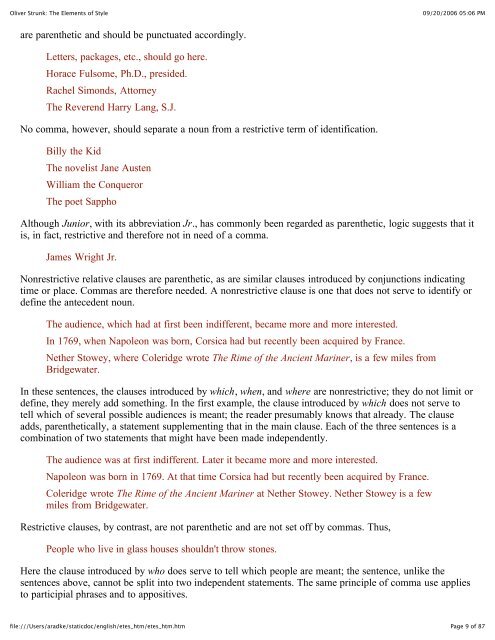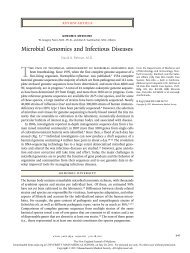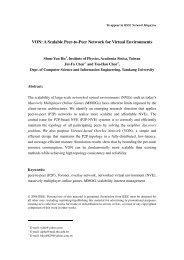Oliver Strunk: The Elements of Style - Evernote
Oliver Strunk: The Elements of Style - Evernote
Oliver Strunk: The Elements of Style - Evernote
Create successful ePaper yourself
Turn your PDF publications into a flip-book with our unique Google optimized e-Paper software.
<strong>Oliver</strong> <strong>Strunk</strong>: <strong>The</strong> <strong>Elements</strong> <strong>of</strong> <strong>Style</strong><br />
are parenthetic and should be punctuated accordingly.<br />
Letters, packages, etc., should go here.<br />
Horace Fulsome, Ph.D., presided.<br />
Rachel Simonds, Attorney<br />
<strong>The</strong> Reverend Harry Lang, S.J.<br />
No comma, however, should separate a noun from a restrictive term <strong>of</strong> identification.<br />
Billy the Kid<br />
<strong>The</strong> novelist Jane Austen<br />
William the Conqueror<br />
<strong>The</strong> poet Sappho<br />
file:///Users/aradke/staticdoc/english/etes_htm/etes_htm.htm<br />
09/20/2006 05:06 PM<br />
Although Junior, with its abbreviation Jr., has commonly been regarded as parenthetic, logic suggests that it<br />
is, in fact, restrictive and therefore not in need <strong>of</strong> a comma.<br />
James Wright Jr.<br />
Nonrestrictive relative clauses are parenthetic, as are similar clauses introduced by conjunctions indicating<br />
time or place. Commas are therefore needed. A nonrestrictive clause is one that does not serve to identify or<br />
define the antecedent noun.<br />
<strong>The</strong> audience, which had at first been indifferent, became more and more interested.<br />
In 1769, when Napoleon was born, Corsica had but recently been acquired by France.<br />
Nether Stowey, where Coleridge wrote <strong>The</strong> Rime <strong>of</strong> the Ancient Mariner, is a few miles from<br />
Bridgewater.<br />
In these sentences, the clauses introduced by which, when, and where are nonrestrictive; they do not limit or<br />
define, they merely add something. In the first example, the clause introduced by which does not serve to<br />
tell which <strong>of</strong> several possible audiences is meant; the reader presumably knows that already. <strong>The</strong> clause<br />
adds, parenthetically, a statement supplementing that in the main clause. Each <strong>of</strong> the three sentences is a<br />
combination <strong>of</strong> two statements that might have been made independently.<br />
<strong>The</strong> audience was at first indifferent. Later it became more and more interested.<br />
Napoleon was born in 1769. At that time Corsica had but recently been acquired by France.<br />
Coleridge wrote <strong>The</strong> Rime <strong>of</strong> the Ancient Mariner at Nether Stowey. Nether Stowey is a few<br />
miles from Bridgewater.<br />
Restrictive clauses, by contrast, are not parenthetic and are not set <strong>of</strong>f by commas. Thus,<br />
People who live in glass houses shouldn't throw stones.<br />
Here the clause introduced by who does serve to tell which people are meant; the sentence, unlike the<br />
sentences above, cannot be split into two independent statements. <strong>The</strong> same principle <strong>of</strong> comma use applies<br />
to participial phrases and to appositives.<br />
Page 9 <strong>of</strong> 87

















